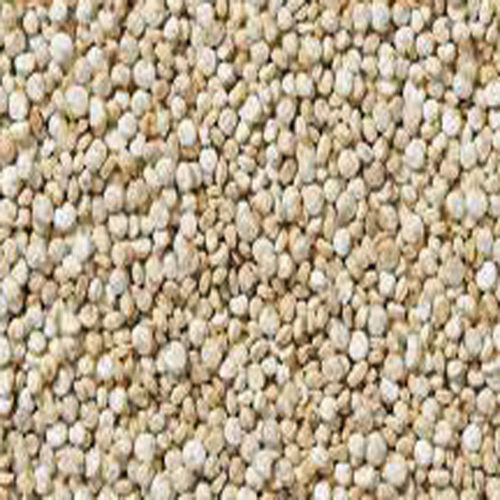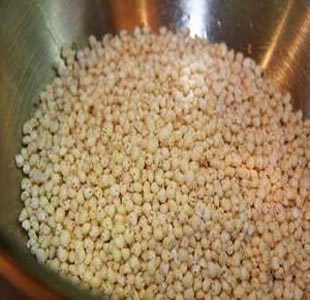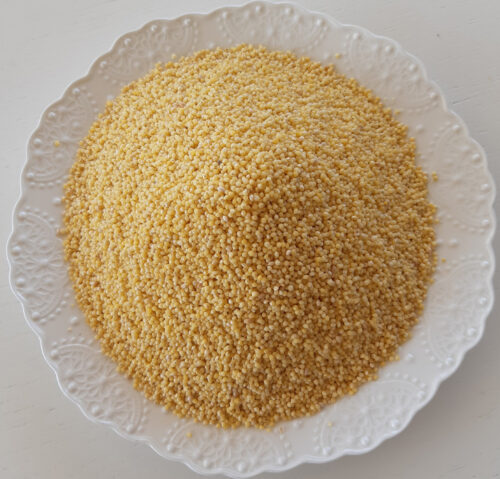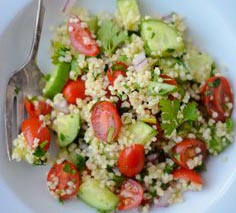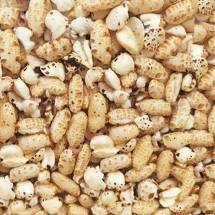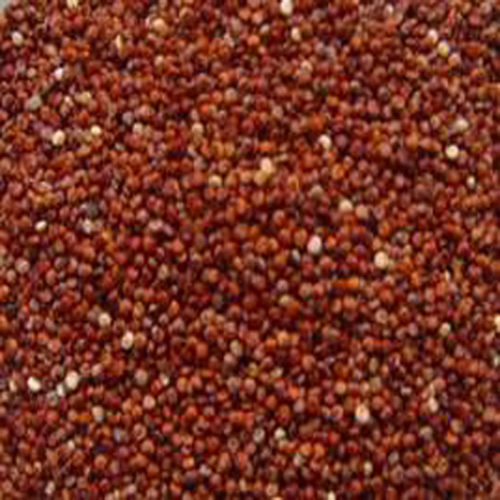Description
Species belonging to the genus Amaranthus have been cultivated for their grains for 8,000 years.[3] Amaranth plants are classified as pseudocereals that are grown for their edible starchy seeds, but they are not in the same botanical family as true cereals, such as wheat and rice.[4] Amaranth species that are still used as a grain are Amaranthus caudatus L., Amaranthus cruentus L., and Amaranthus hypochondriacus L. The yield of grain amaranth is comparable to that of rice or maize.
The grain was a staple food of the Aztecs and an integral part of Aztec religious ceremonies. The cultivation of amaranth was banned by the conquistadores upon their conquest of the Aztec nation. However, the plant has grown as a weed since then, so its genetic base has been largely maintained. Research on grain amaranth began in the United States in the 1970s. By the end of the 1970s, a few thousand acres were being cultivated there, and continue to be cultivated.[5]
Much of the amaranth grain currently grown is sold in health food shops. Grain amaranth is also grown as a food crop in limited areas of Mexico, where it is used to make a candy called alegría (Spanish for joy) at festival times. In other preparations, the grain can be popped like popcorn and then either mixed with honey, or served with milk, dried fruit and nuts like a cold breakfast cereal. Amaranth grain can also be used to extract amaranth oil, a pressed seed oil with commercial uses.
Raw amaranth grain is inedible to humans and cannot be digested because it blocks the absorption of nutrients.[6][better source needed] Thus it has to be prepared and cooked like other grains. In a 100-gram (3+1⁄2-ounce) amount, cooked amaranth provides 430 kilojoules (103 kilocalories) of food energy and is a moderately rich source of dietary minerals, including phosphorus, manganese, and iron. Cooked amaranth is 75% water, 19% carbohydrates, 4% protein, and 2% fat (table).[7][8]
product of India


